
views
Purchasing Loc Extensions
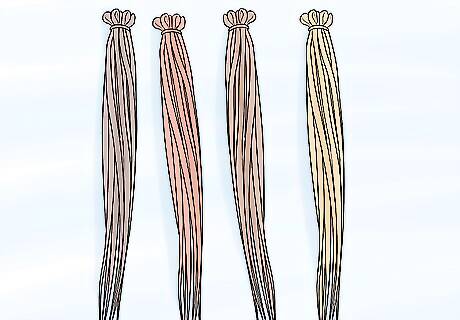
Buy synthetic locs. Many people prefer to buy synthetic loc extensions because they’re relatively inexpensive. Synthetic hair is also great for locs because it tangles easily, creating locs more quickly. However, you can’t use heat products on synthetic extensions or they will melt. Additionally, you can’t dye or perm synthetic hair extensions. Synthetic locs and extensions can be bought online or at specialty beauty supply stores.
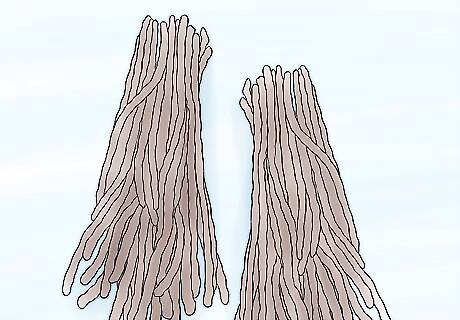
Buy natural locs. If you like using heat products or dyeing your hair, purchase natural extensions. These extensions can be treated like your natural hair. However, keep in mind that these extensions will be much more expensive than synthetic extensions. Natural locs and extensions can be found online and at many beauty supply stores.
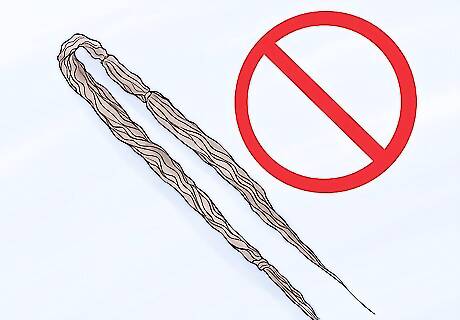
Avoid buying double-ended loc extensions. These extensions look like long locs with an un-twisted section in the middle. Double-ended loc extensions are an excellent choice for people who want more volume in their locs. However, if they’re installed too tightly, the weight of the extensions will pull on your scalp and lead to hair loss. If you want these extensions, have them installed professionally. Instead of choosing double-ended extensions, purchase single-ended extensions or regular extensions that you can twist yourself.
Installing Your Extensions

Do the “needle test.” If your locs are too tight, you may not be able to add extensions on your own. Do the needle test by pushing a needle through a thick section of a loc. If the needle slides though, you can install your own extensions. If it doesn’t, you need to have your extensions professionally installed using loc adhesives. Do an online search to find salons that service locs in your area.

Twist any undone extensions. If you purchased regular clip-in extensions, you will need to coil them yourself. First, ask a friend to hold the clip end of the extension. Hold the tail end of the extension tightly in one hand. Next, use a fine-toothed comb to brush the hair against the grain, starting at the clip and working in small sections. This will create small knots in the hair, creating the locs. After you’ve combed the entire extension, pull it down with your hand to smooth it out and repeat the process. Continue combing and smoothing the extension until it’s tightly locked.
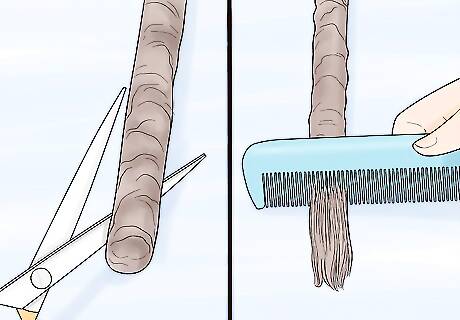
Prepare your locs. Your hair should already be locked before you put in any extensions. If you have blunted ends on your locs, cut off the tips and brush them out. You should have one to two inches (2.5-5 centimeters) of loose hair at the ends of your locs. Use a fine-toothed comb or small brush to loosen the ends of your locs. You can loosen all of the ends at once or do it as you apply the extensions.
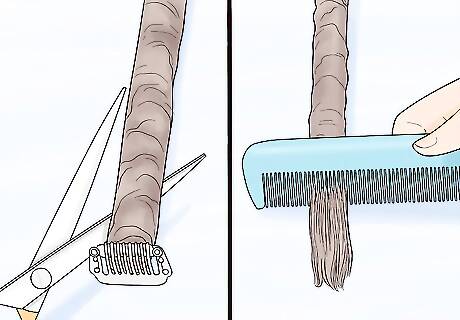
Rough up the end of your extension. If your extension came with a clip on the end, cut this section off. Next, brush out the end so that there are two to three inches (5-7.5 centimeters) of loose hair at the top. Cut and loosen each extension as you need it. Otherwise, you may unravel unused extensions.

Secure the thread into the extension. Thread a sewing needle with about 12-14 inches (30-35 centimeters) of thread. Next, sew a few small stitches into the base of the loose section of the loc, close to the knotted section. Make sure these stitches are as tight as you can make them. Leave two to three inches (5-7.5 centimeters) of loose thread at the beginning of the stitches so that you can tie them off later. Purchase sturdy thread that closely matches your hair color.
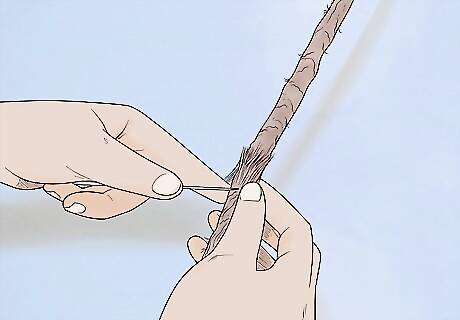
Sew the extension onto your loc. Place the loose, stitched part of your extension against the loose end of your natural loc. Center the extension so that an inch of your loose hair is against the tight section of the extension. Sew the center of the extension against the center of your loc using small, tight stitches.
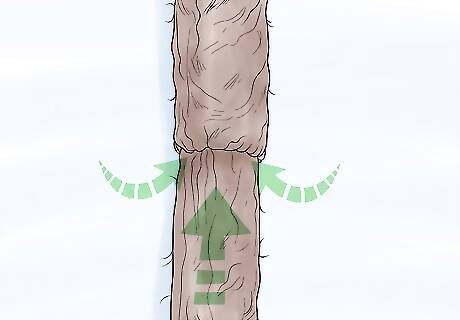
Wrap your hair around the extension. Press the extension into your loc, wrapping the sides around the extension like a tube. Add a few tight stitches to secure these hairs into place. Keep adjusting the loc until the top of the extension is completely covered by your natural hair. Wrapping will help blend the extension into your hair. The better the top of the extension is covered, the better it will blend.
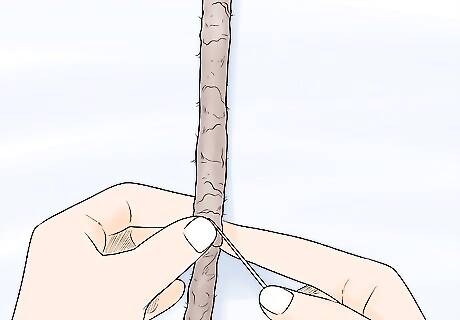
Tie off the thread. Find the loose end of the thread inside the extension. Tie both ends of the thread tightly together, knotting it several times. Use sharp sewing scissors to cut off the tails of the knot, leaving about an inch (2.5 centimeters). Tuck the ends of the thread into the center of your loc to hide them.
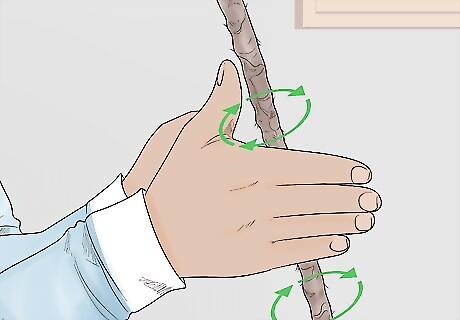
Blend the two pieces together. Insert a .5 mm crochet hook through the center of your loc. Gather some loose hair into the hook and gently pull it back through the extension. Repeat this process until all of the loose hair has been incorporated into the loc, including the loose hair of the extension. Once the loose hair is incorporated, rub the loc between your palms to rough up the extension connection. Avoid using larger crochet hooks as they can damage your hair. A small .5 mm crochet hook can be found online or at sewing supply stores.
Taking Care of Your Extensions
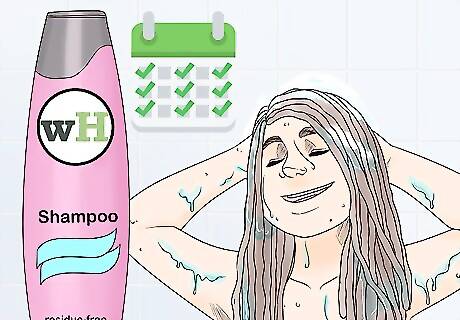
Wash your hair 2-3 times a week. If you wash your hair too often, your locs will become loose and frizzy. However, if you don’t wash them enough, they’ll start to smell bad. While washing, focus on massaging your scalp and gently massaging the base of your locs. Avoid using conditioner or any detanglers. To avoid shampoo buildup in your locs, use a residue-free shampoo. If you dye your hair or you’re using color-treated extensions, use a color safe, residue-free shampoo.
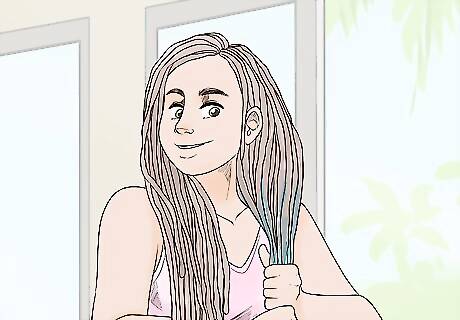
Dry your hair completely. If your locs stay wet for too long, mildew will grow on the inside. After showering, squeeze as much water as you can out of your locs and into the shower. Next, wrap your hair in a fluffy towel for 10-20 minutes. Last, allow your hair to air dry before putting it up or wearing a hat. If your locs still haven’t air-dried within an hour, use a hair dryer to speed up the process. Be careful not to melt any synthetic extensions with the hairdryer.
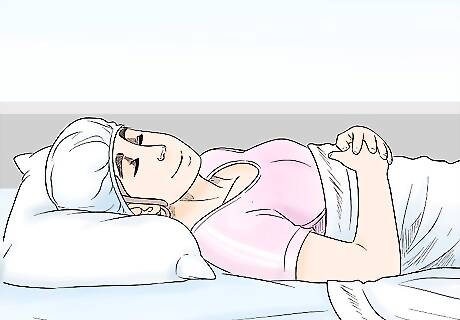
Protect your extensions while you sleep. When you sleep with locs, the friction of your head against the pillow can loosen or tangle your extensions. Avoid this problem by wearing a silk hair covering while you sleep. Alternatively, you can use a silk pillow or braid your hair to keep it all in one place. Never sleep with wet locs as they won’t dry properly.











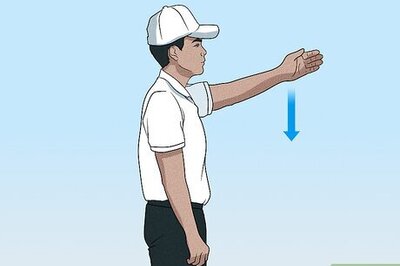


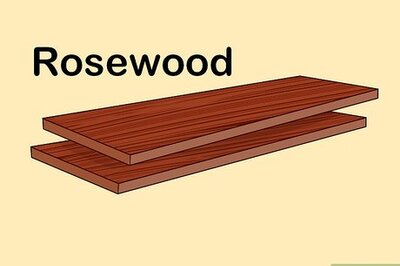



Comments
0 comment